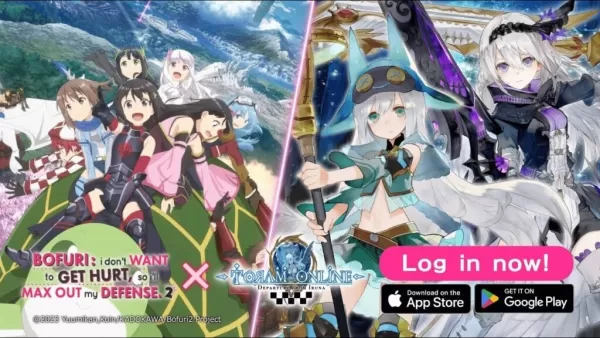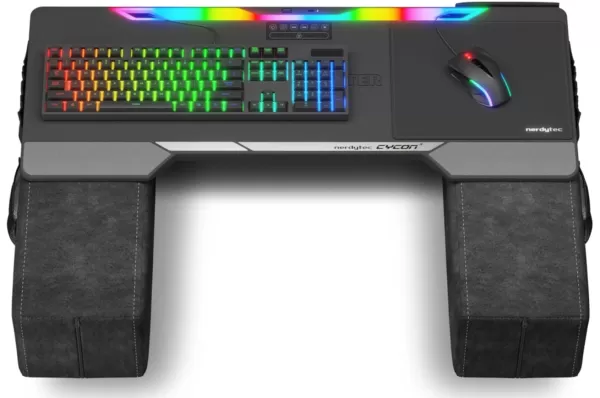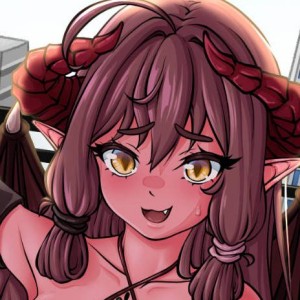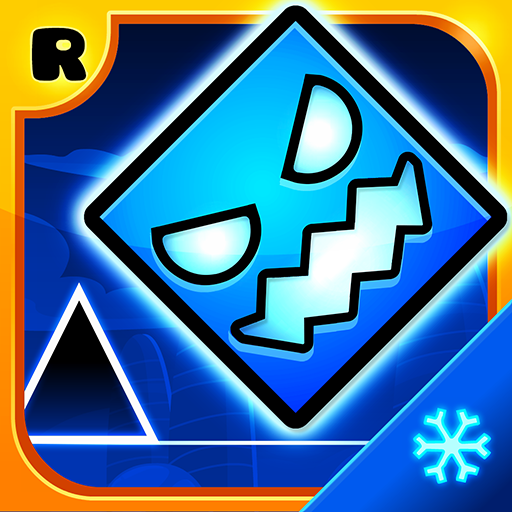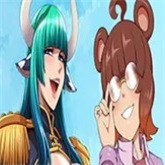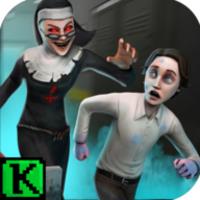Unlike conventional survival horror games that emphasize external dangers, this series delves into the human psyche, transforming personal fears and traumas into tangible horrors through the town’s supernatural forces. This psychological complexity distinguishes it within the genre.
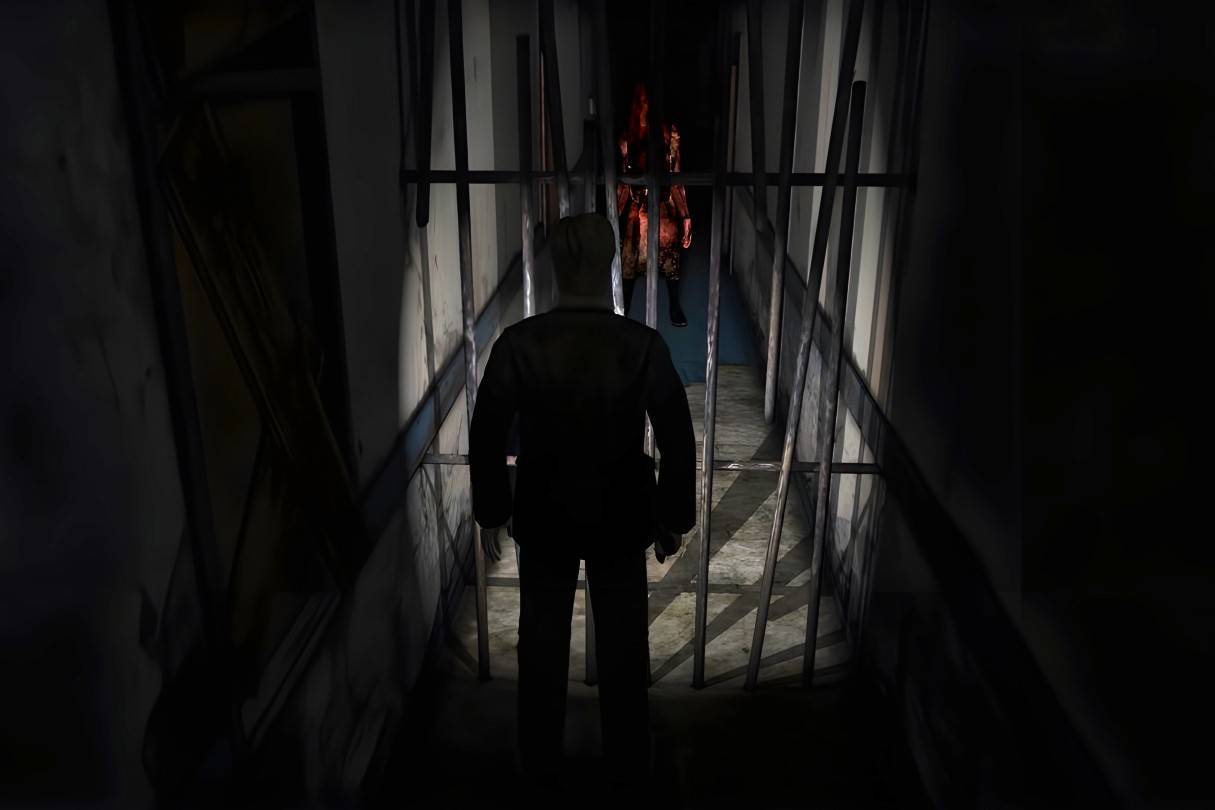 Image: ensigame.com
Image: ensigame.com
With its intricate symbolism and layered storytelling, the series can be challenging to fully understand. Yet, the developers have woven subtle hints throughout the games to guide interpretation. This article explores the meanings behind the game’s eerie creatures. Note: spoilers follow.
Table of Content
Pyramid Head Mannequin Flesh Lip Lying Figure Valtiel Mandarin Glutton Closer Insane Cancer Grey Children Mumblers Twin Victims Butcher Caliban Bubble Head Nurse
0 0 Comment on this
Pyramid Head
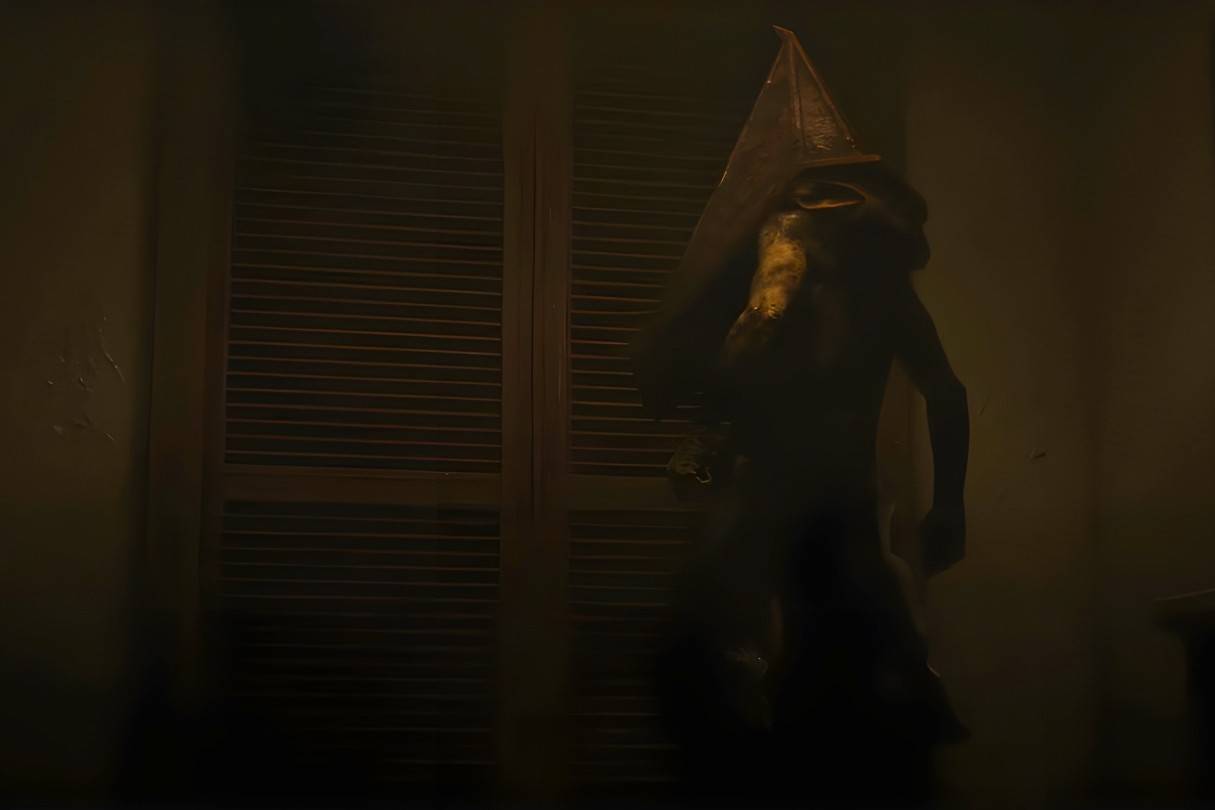 Image: ensigame.com
Image: ensigame.com
Debuting in Silent Hill 2 (2001), Pyramid Head embodies the guilt and inner turmoil of protagonist James Sunderland. Crafted by Masahiro Ito, its unique hand design stemmed from PS2 hardware constraints, minimizing polygons while preserving expressive motion.
Takayoshi Sato describes it as a "twisted echo of executioners," symbolizing Silent Hill’s grim history of capital punishment. Pyramid Head acts as both James’ tormentor and mirror, reflecting his subconscious yearning for punishment.
Mannequin
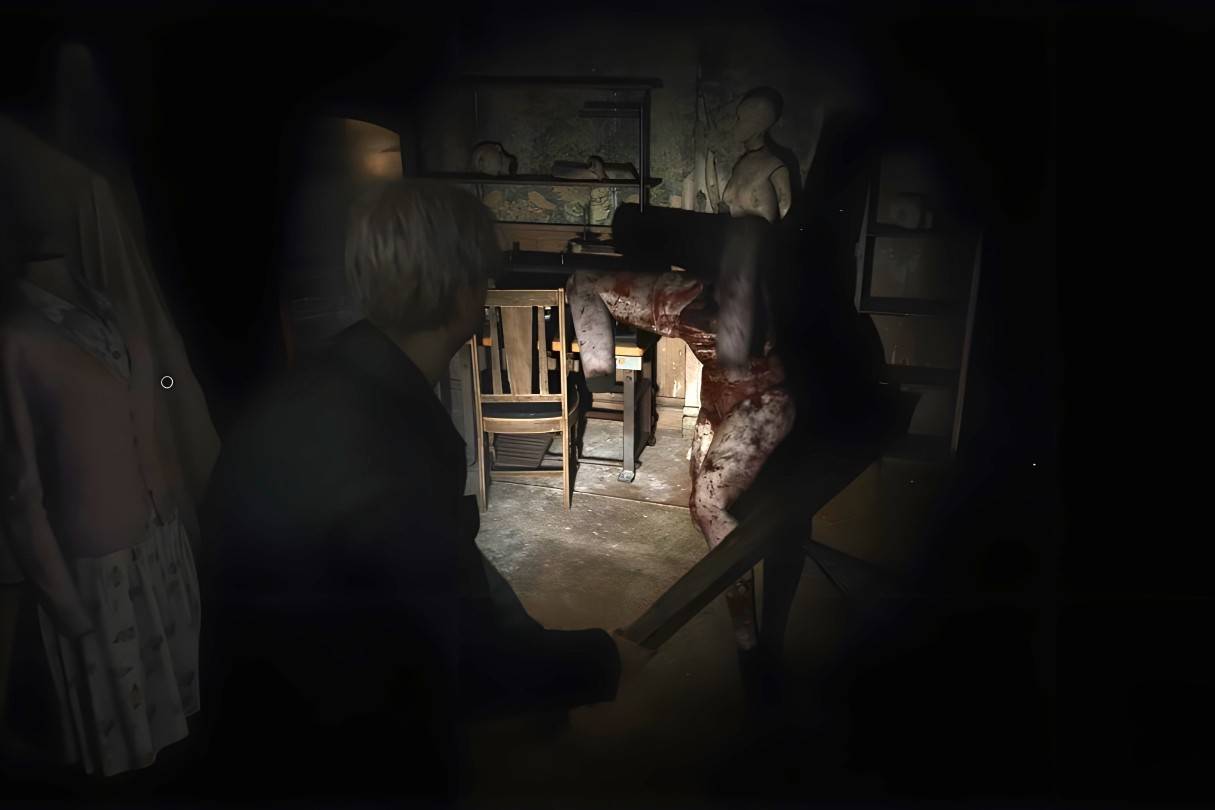 Image: ensigame.com
Image: ensigame.com
Introduced in Silent Hill 2 (2001), Mannequins are one of nine manifestations of James Sunderland’s psyche, tied to the nine red squares. Designed by Masahiro Ito, their appearance draws from Japanese folklore.
These figures evoke James’ suppressed memories of his wife’s illness. Their leg braces mirror the orthotic devices Mary used, and tubes on their forms recall hospital settings. Rooted in Freudian psychoanalysis, Mannequins represent James’ guilt and desires.
Flesh Lip
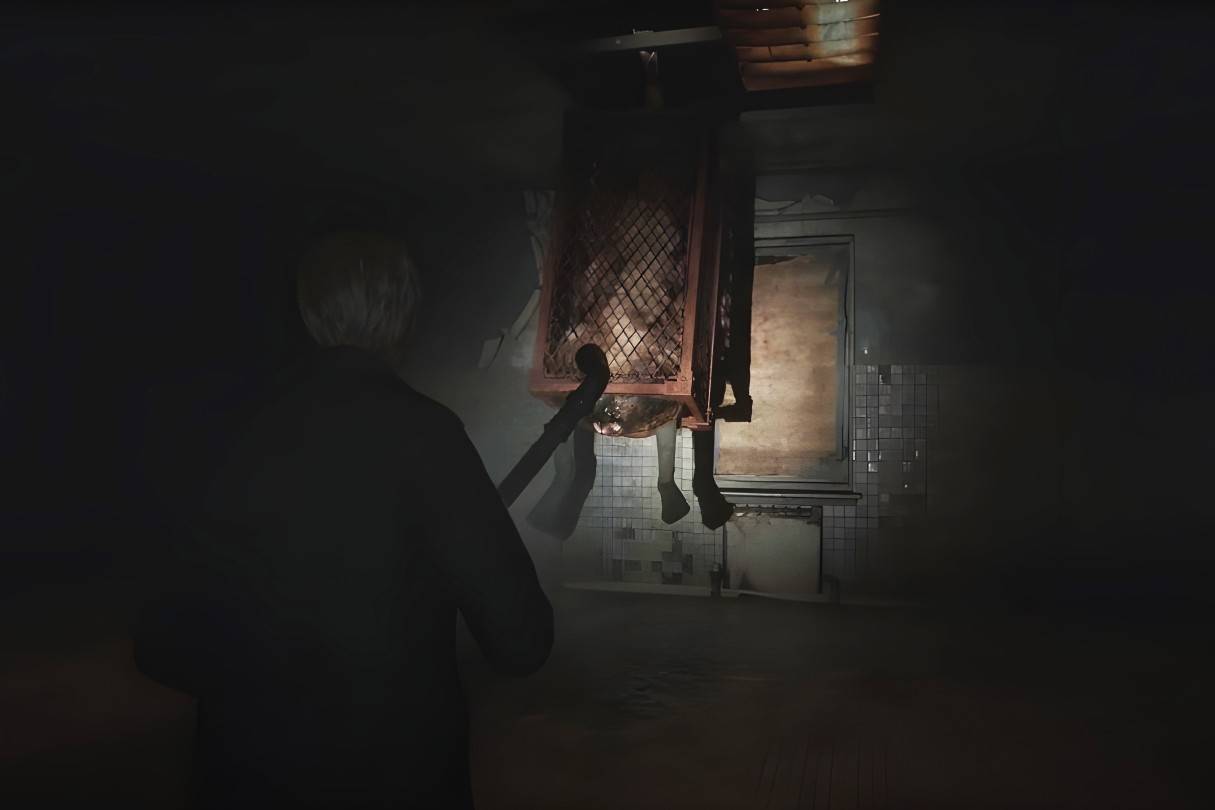 Image: ensigame.com
Image: ensigame.com
Flesh Lip emerged in Silent Hill 2 (2001) as a reflection of James Sunderland’s subconscious. Designed by Masahiro Ito, its form draws from Isamu Noguchi’s Death (Lynched Figure) and Joel-Peter Witkin’s Man with No Legs. It later appeared in Silent Hill: Book of Memories (2012) and other adaptations.
This creature symbolizes James’ memories of Mary in her hospital bed. Its suspended form, bound to a metal frame, mimics a sickbed, while its raw flesh reflects Mary’s illness. The abdominal mouth represents her verbal outbursts in her final days. Notably, creatures with mouths appear in Silent Hill 2 only after Flesh Lip, emphasizing James’ confrontation with painful memories.
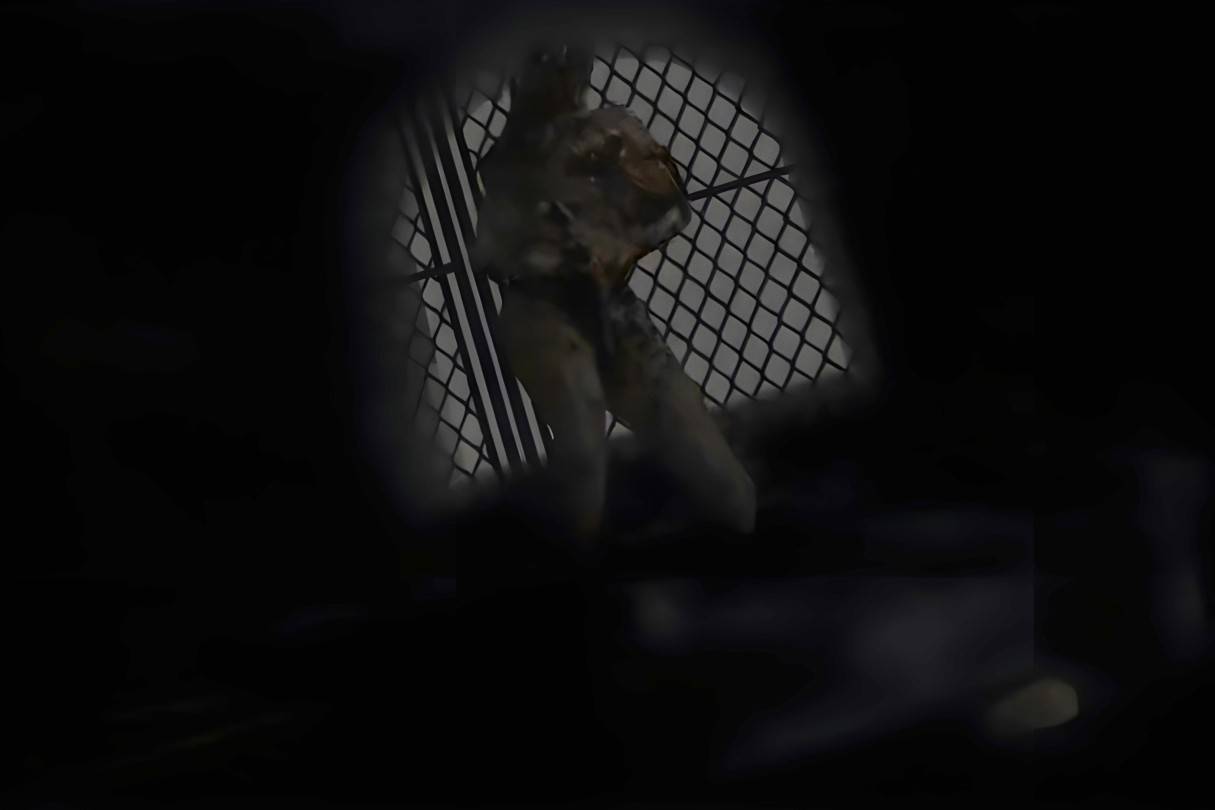 Image: ensigame.com
Image: ensigame.com
Lying Figures appeared in Silent Hill 2 (2001) as the first creatures James Sunderland faces. They also feature in films, comics, and the Silent Hill 2 remake.
These beings reflect James’ buried guilt and memories of Mary’s pain. Their contorted, writhing forms resemble hospital patients in distress, while their upper bodies evoke body bags, symbolizing death. The name "Lying Figure" alludes to both Mary’s sickbed and her corpse.
Valtiel
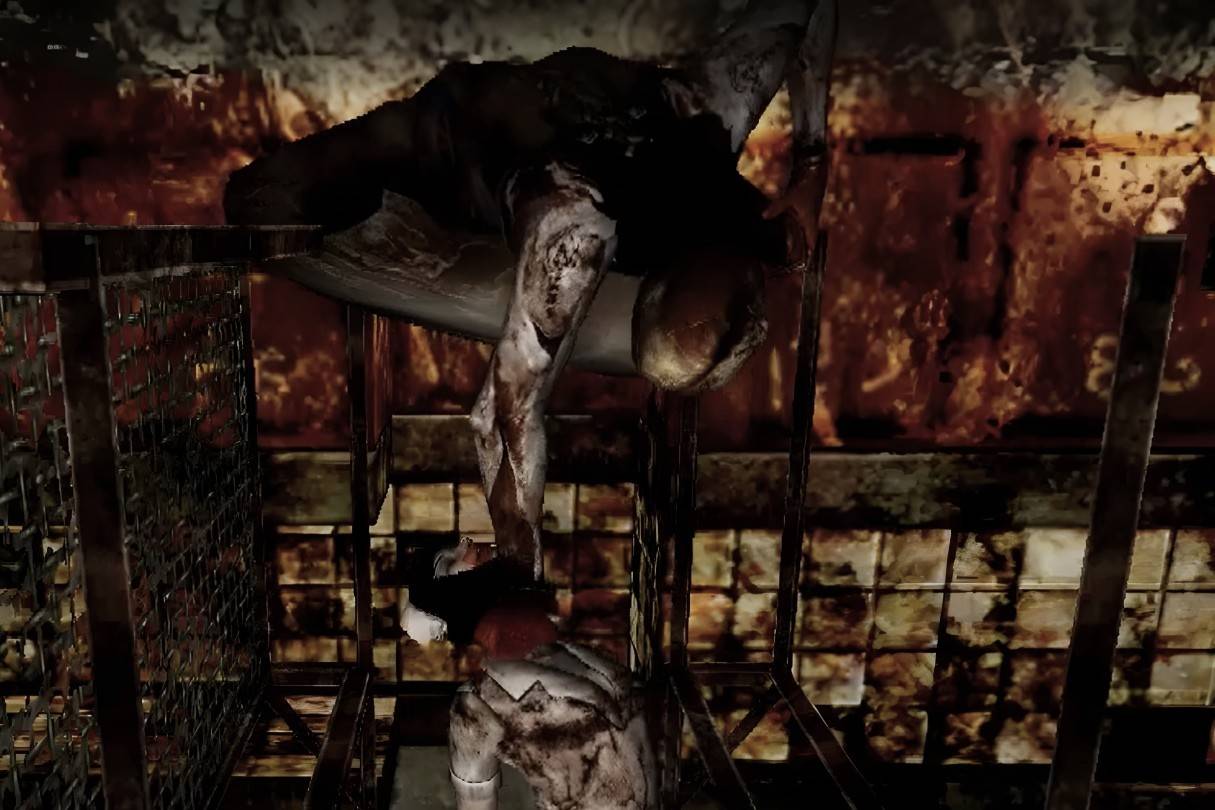 Image: ensigame.com
Image: ensigame.com
Valtiel debuted in Silent Hill 3 (2003) as a cryptic figure linked to the town’s cult, the Order. Its name blends "valet" (French for attendant) with the angelic suffix "-el," meaning "Attendant of God." It later appeared in Silent Hill: Revelation (2012).
Unlike most creatures, Valtiel is not a psychological projection but an autonomous entity serving God. Its masked, robed appearance resembles a surgeon, symbolizing its role as a midwife guiding Heather’s transformation into the "mother" of God.
Mandarin
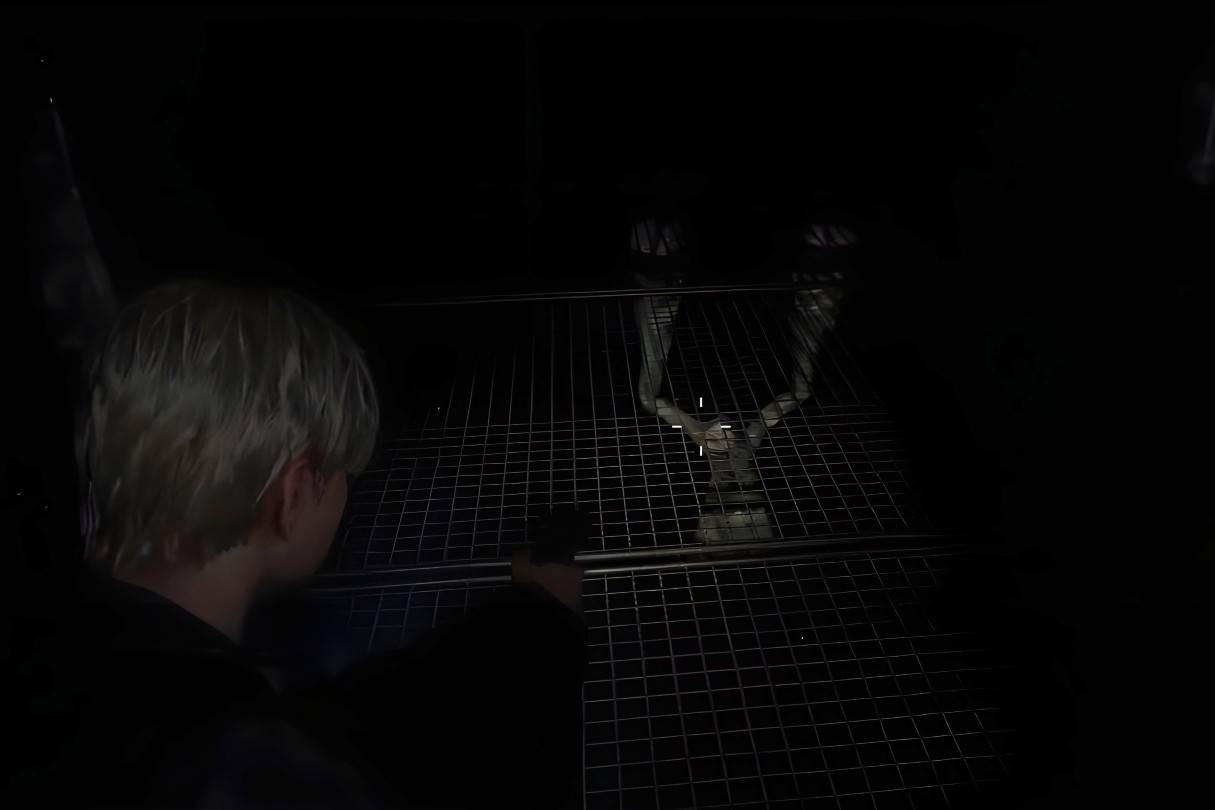 Image: ensigame.com
Image: ensigame.com
Mandarins appeared in Silent Hill 2 (2001) as grotesque beings lurking in the Otherworld. Suspended beneath metal grates, they attack James Sunderland with tentacle-like limbs.
These creatures symbolize James’ anguish and memories of Mary’s suffering. Their orifice-like mouths tie into Silent Hill 2’s recurring "mouth" theme, representing Mary’s inner turmoil and anger. Confined underground, Mandarins reflect James’ subconscious urge to flee his guilt and pain.
Glutton
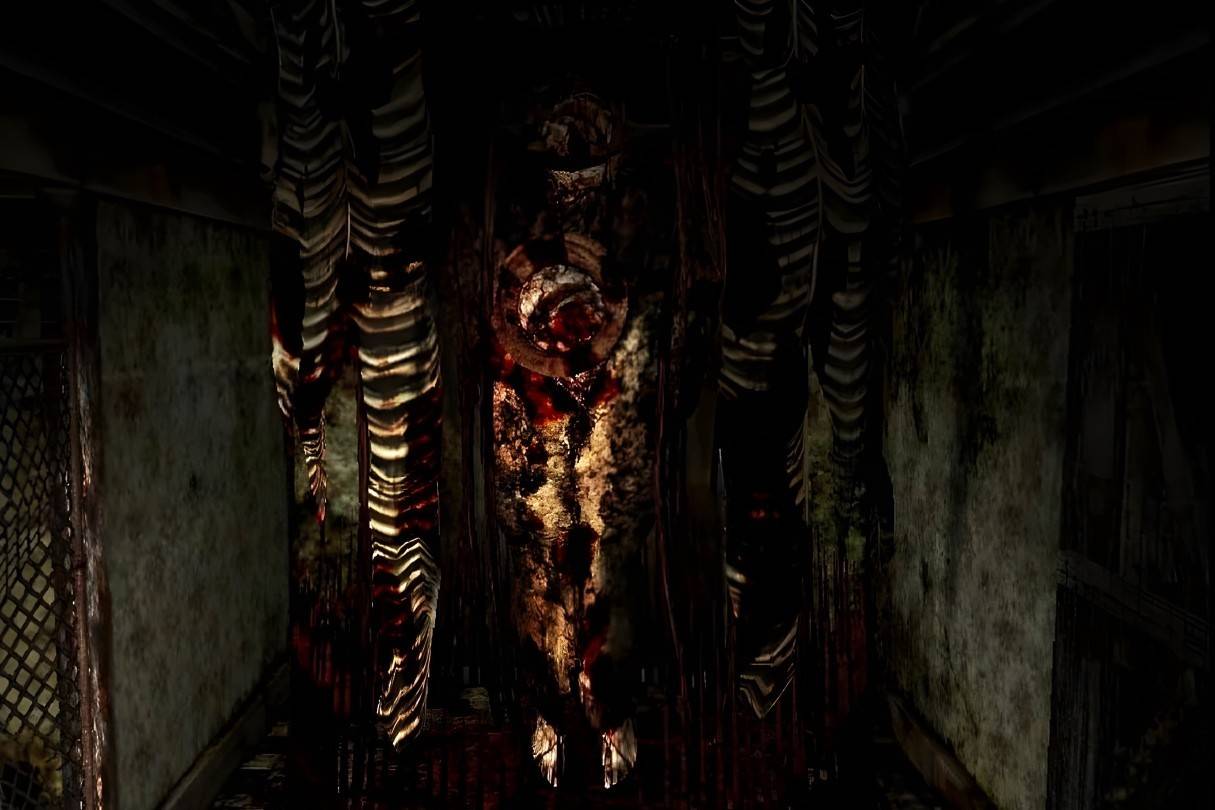 Image: ensigame.com
Image: ensigame.com
The Glutton appears in Silent Hill 3 (2003) as a massive, stationary creature obstructing Heather Mason’s path in the Otherworld Hilltop Center. Though not directly threatening, it poses a significant barrier.
Linked to the fairytale Tu Fui, Ego Eris in Lost Memories: Silent Hill Chronicle, the Glutton devours those attempting to escape their village. It represents helplessness against fate, echoing Heather’s struggles. The tale’s resurrected priestess mirrors Heather, Alessa Gillespie’s reincarnation, confronting her past.
Closer
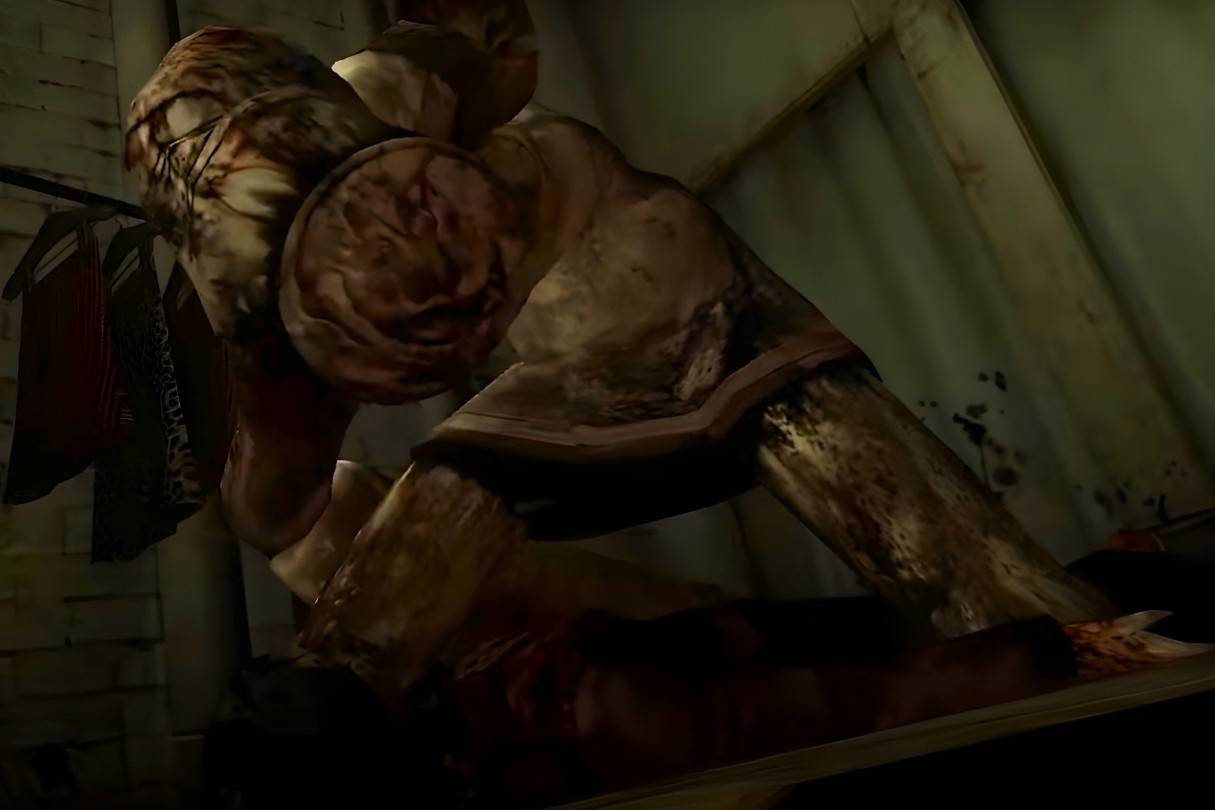 Image: ensigame.com
Image: ensigame.com
The Closer debuts in Silent Hill 3 (2003) as the first creature Heather Mason encounters outside her dream, feeding on a corpse in a clothing store before she shoots it.
A towering entity with thick, stitched arms and quivering lips, the Closer radiates threat. It attacks with concealed blade-like extensions, unfurling them like fingers. According to Lost Memories: Silent Hill Chronicle, its name reflects its ability to obstruct paths.
Insane Cancer
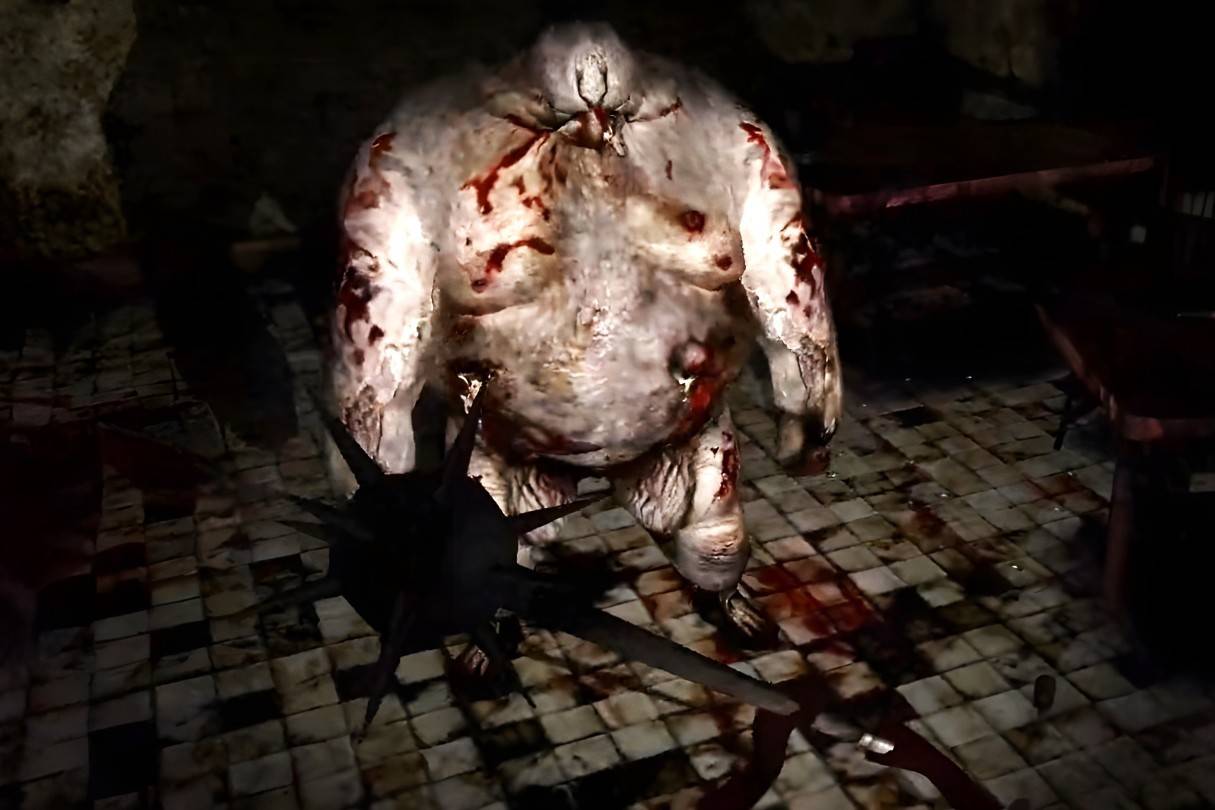 Image: ensigame.com
Image: ensigame.com
Insane Cancer appears in Silent Hill 3 (2003), first encountered by Heather Mason sleeping in Hazel Street Station after she acquires a shotgun. It later features in Silent Hill: The Arcade, Silent Hill: Book of Memories, and comics like Dying Inside, Paint It Black, and Hunger, exploding upon defeat.
Described in The Book of Lost Memories as a "cancer run amok," its tumorous form embodies disease and decay. It may symbolize Silent Hill’s spreading corruption or Alessa Gillespie’s lingering self-hatred, viewing herself as an inescapable "cancer." Its deceptive feigning of death mirrors Alessa’s state—presumed dead but forcibly kept alive.
Grey Children
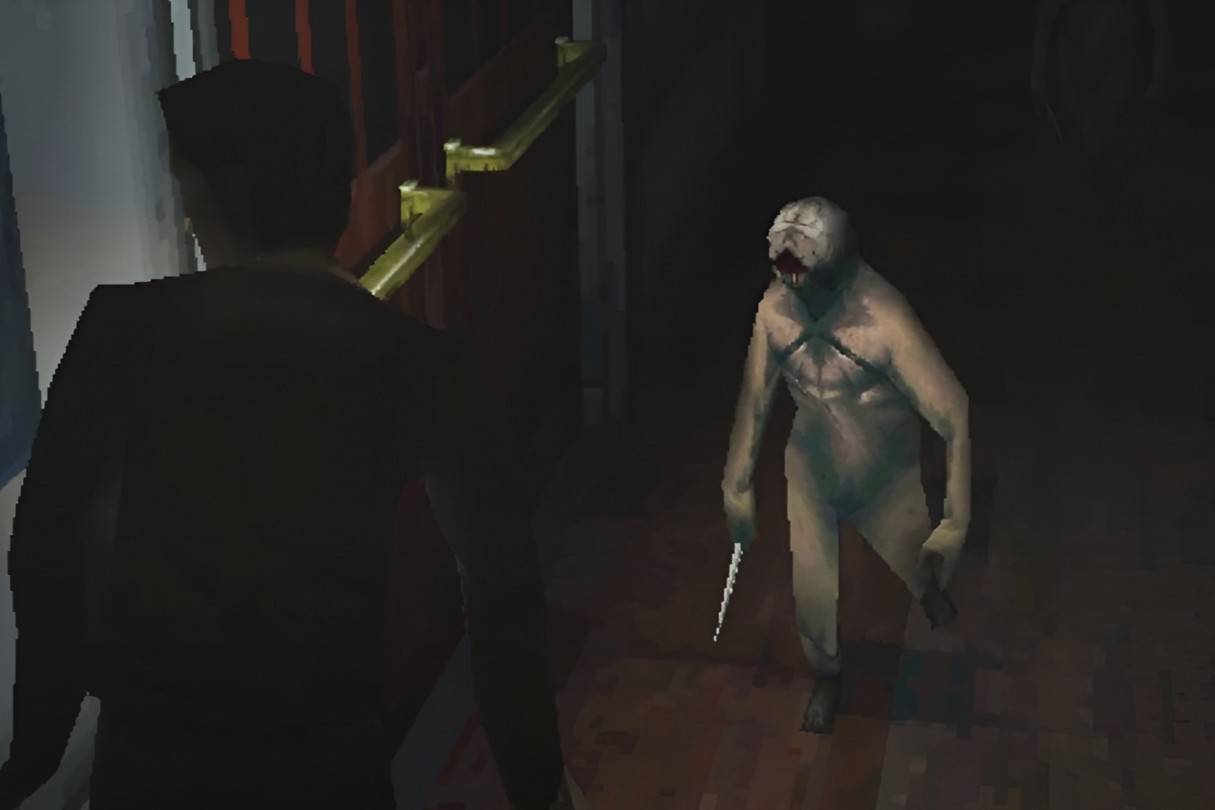 Image: ensigame.com
Image: ensigame.com
Known as Demon Children, Grey Children debut in Silent Hill (1999) as the first creatures Harry Mason faces, attacking him in an alley after entering the Otherworld. They later appear in Midwich Elementary School.
Born from Alessa Gillespie’s trauma, Grey Children embody her bullying classmates who called for her to "burn" before the cult’s immolation. Frozen in eternal childhood, they endure Alessa’s torment, their inner burning reflecting her pain and vengeance.
Mumblers
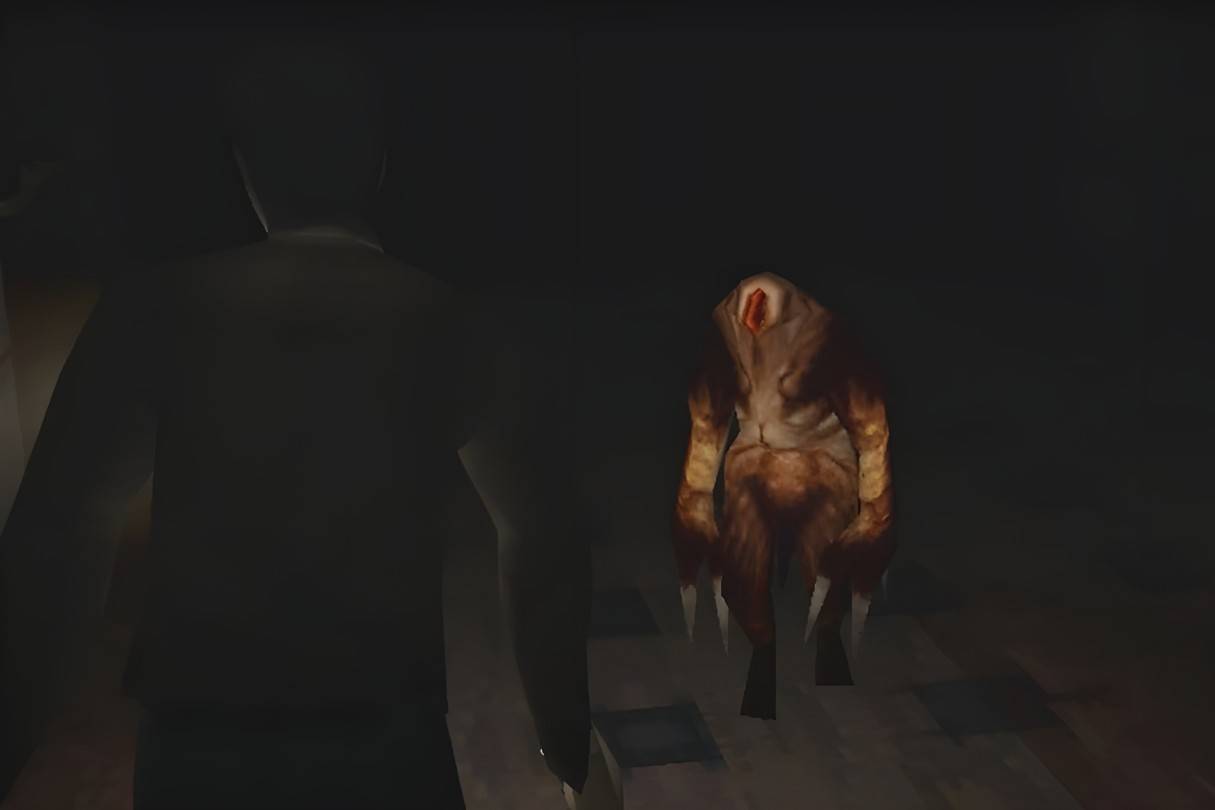 Image: ensigame.com
Image: ensigame.com
Mumblers appear in Silent Hill (1999) as small, grotesque beings that react violently to light and emit haunting growls when sensing Harry Mason.
These creatures reflect a dark reimagining of threatening animals and demons from fairy tales Alessa Gillespie read as a child, embodying her fears and warped imagination.
Twin Victims
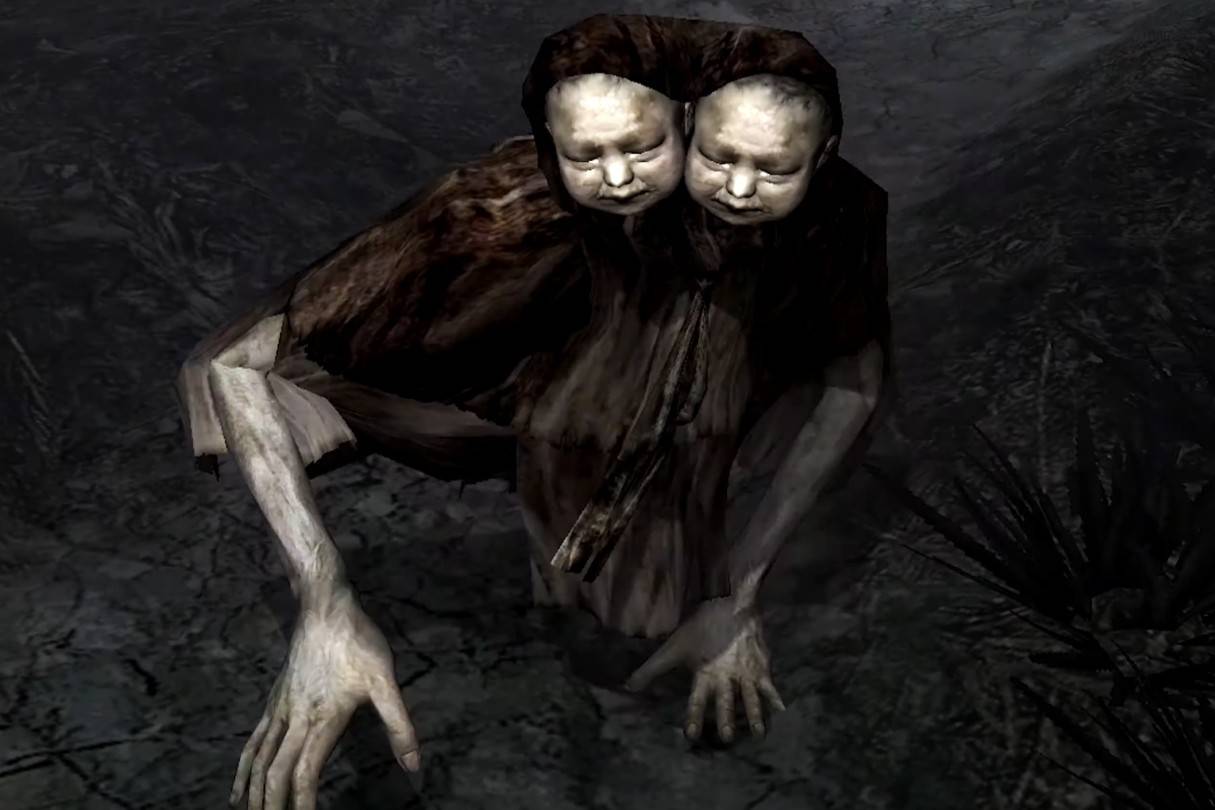 Image: ensigame.com
Image: ensigame.com
Also called Doublehead, Twin Victims debut in Silent Hill 4: The Room, encountered in the Water Prison. They also appear in the comic Dead/Alive.
Manifesting Walter Sullivan’s seventh and eighth victims, twins Billy and Miriam Locane, these creatures take monstrous form rather than ghostly ones. Their conjoined nature may symbolize Walter’s obsessive bond with his mother, reflecting the game’s theme of warped familial ties.
Butcher
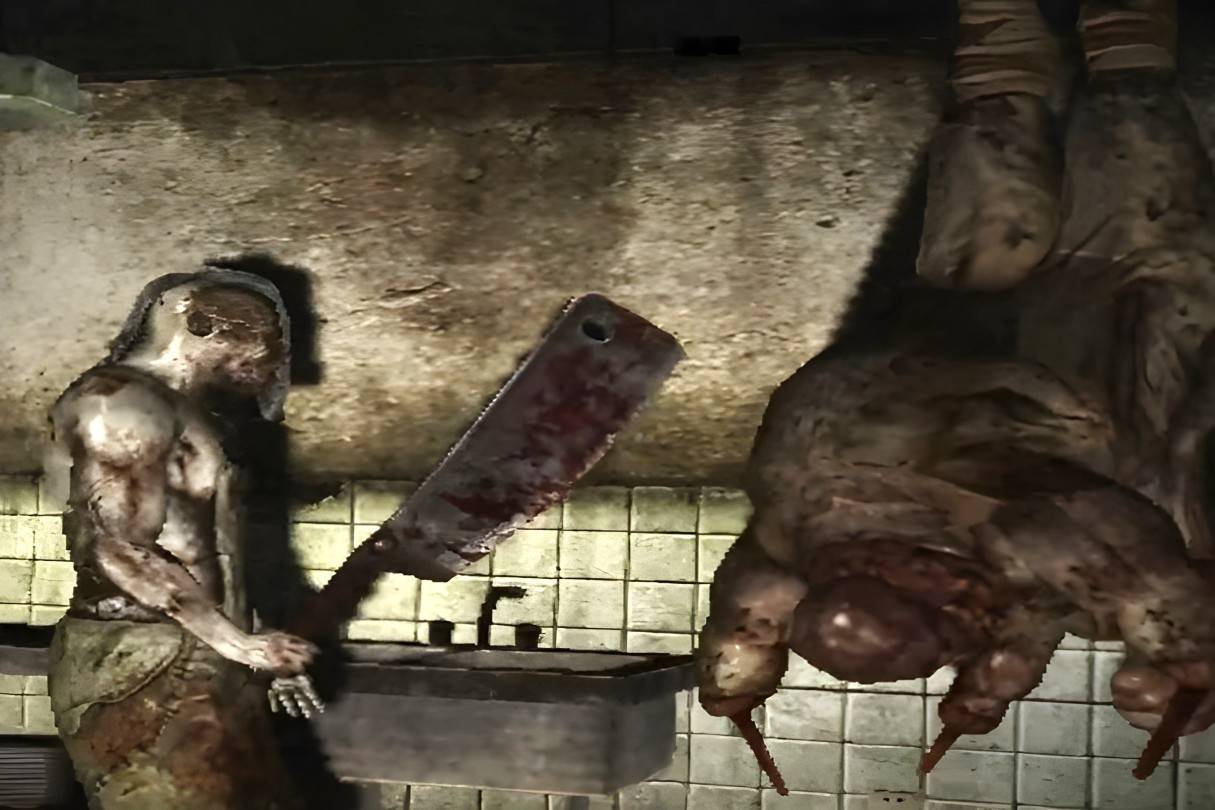 Image: ensigame.com
Image: ensigame.com
The Butcher is a key antagonist in Silent Hill: Origins, also appearing in Silent Hill: Book of Memories.
Symbolizing cruelty and sacrifice, the Butcher reflects the Order’s brutal rituals and Travis Grady’s inner fury. Its emotionless slaughter mirrors Travis’ latent violence, influencing the game’s Bad ending. The ambiguous link between Travis and the Butcher hints at a split personality, with the helmet symbolizing duality—one side shielded yet blind, the other exposed and vulnerable. Its killing method may also represent suppressed anger tied to personal fears.
Caliban
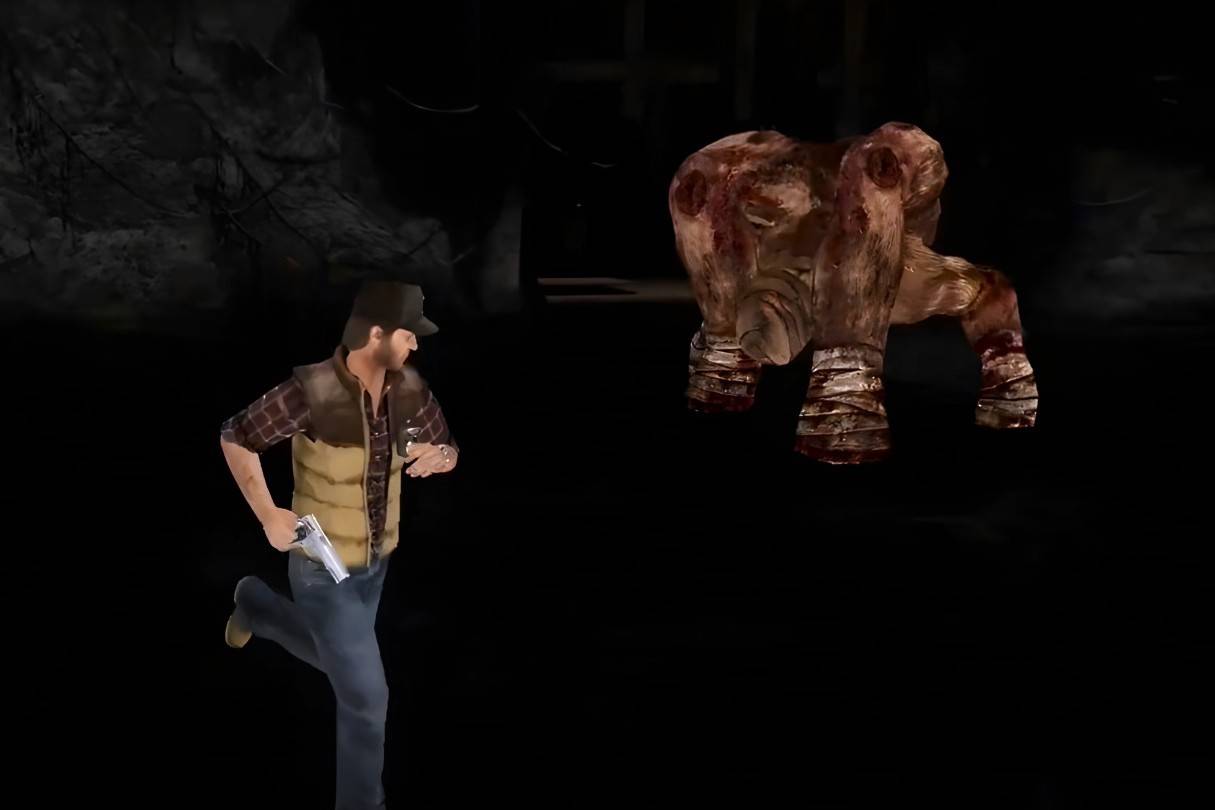 Image: ensigame.com
Image: ensigame.com
Caliban is a creature in Silent Hill: Origins, first appearing as a boss in Artaud Theater. After defeat, it roams Silent Hill’s streets, later appearing in Riverside Motel and Nowhere.
Named after Shakespeare’s The Tempest character, Caliban terrified Alessa during a performance at Artaud Theater. An audio flashback in the game features one of Caliban’s monologues, reinforcing the link. Its design and presence embody Alessa’s fears, particularly of dogs, shaping the Otherworld’s terrors.
Bubble Head Nurse
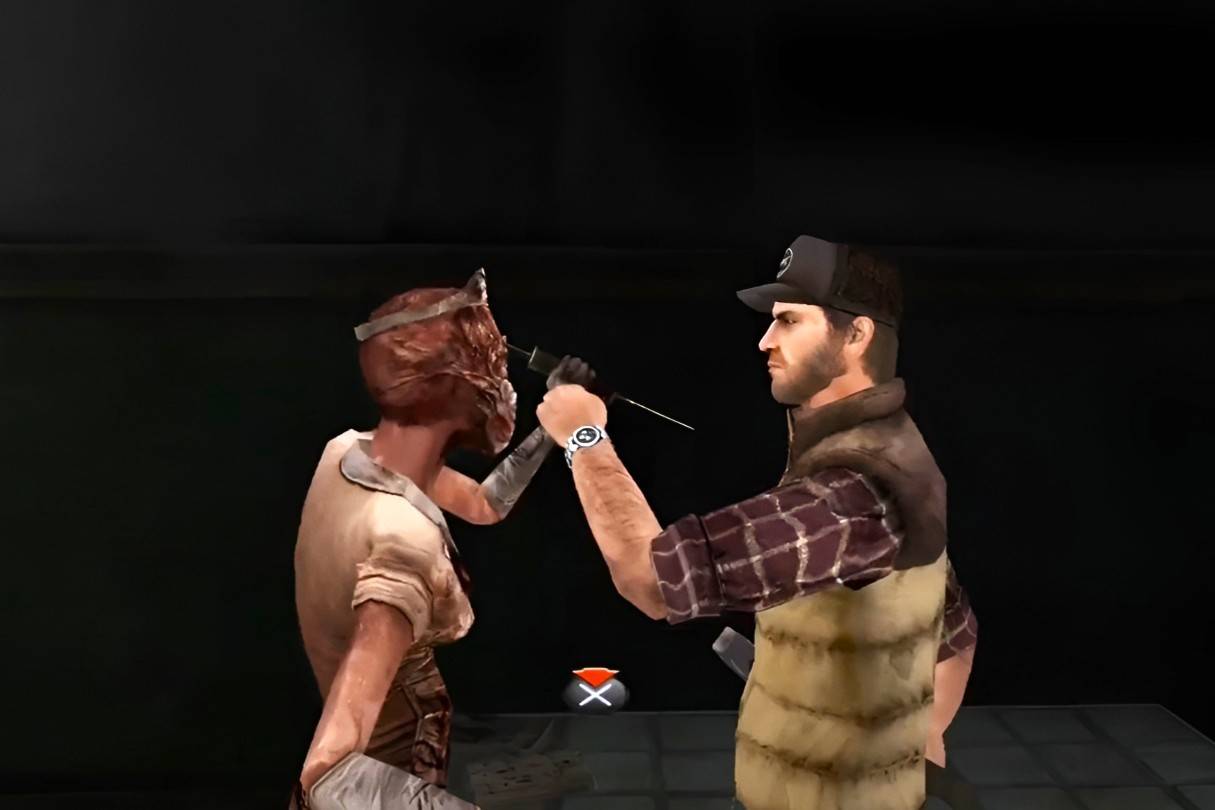 Image: ensigame.com
Image: ensigame.com
Bubble Head Nurse appears in Silent Hill 2 at Brookhaven Hospital, later featuring in Silent Hill: The Escape, Silent Hill: Book of Memories, and Bloober Team’s Silent Hill 2 remake.
These creatures reflect James Sunderland’s subconscious, symbolizing his guilt and suppressed desires. Their swollen, twitching heads, encased in liquid-filled masks, evoke Mary’s illness and suffocation. The baby-like facial features hint at James and Mary’s unfulfilled wish for a child, while red squares over their mouths represent Mary’s anger and verbal outbursts.
An Otherworld variant, added late in development, features tattered clothing, spikes, and a grotesque protrusion. Though its symbolism is less clear, it mirrors Mary’s suffering in distorted form.
The creatures of this misty town are more than mere foes—they are psychological embodiments of fear, guilt, trauma, and suppressed emotions. Each monster carries unique symbolism, deeply tied to the protagonist’s inner struggles and the town’s dark influence. From James Sunderland’s guilt-fueled visions to Alessa Gillespie’s nightmarish creations, these beings reflect personal anguish and psychological torment. Their eerie presence underscores the series’ signature psychological horror, cementing its status as a masterpiece of unsettling narrative and profound symbolism.

















 LATEST ARTICLES
LATEST ARTICLES 
